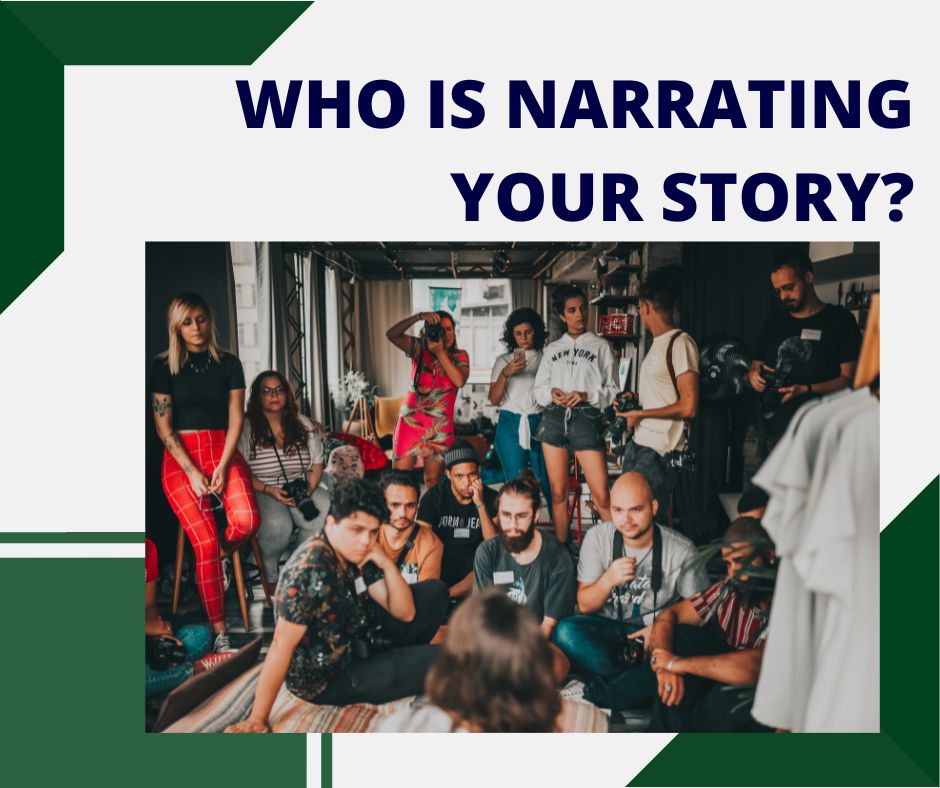There is no doubt in our minds that the perspective of our writer is crucial. The opposite voice, though, is equally important. The narrative voice is arguably the essential aspect of our storytelling. We project our story’s universe through the voice we use.
Narrative voice is important, but what is it?
The narrative voice of a piece of writing is the persona through which the author tells the story. These are the lenses through which your reader experiences the story. This could be done by a narrator or via the eyes of a character.
The narrative voice, sometimes known as the “POV” (point of view), is a notoriously difficult and perplexing aspect of any piece of writing. However, that’s not necessarily the case. In this piece, we delve deeper into the many narrative voices available.
Remember that your chosen voice will influence the story you tell. So, the writer’s voice is essential.
What criteria do you employ to determine the point-of-view character?
It’s worth your time to experiment with several narrative voices to find the one that suits your story best.
Many factors should be thought about before settling on a narrative voice.
- To what extent, for instance, do you want your narrator to be aware of the story’s other characters?
- What level of insight do you hope they will have?
- To what extent do you want the reader to feel like they know the characters?
- Is it possible to believe what the narrator is saying?
Voice in the narrative is a strong indicator of personality. Keep your narrative voice consistent from beginning to end. Avoid abrupt shifts in point of view or voices that could be disorienting to the reader.
When deciding on a narrative voice, you have many options.
First Person
The first-person perspective allows readers to feel like they are with the main character. This is the method through which we enter the head of our character.
It’s an effective method of bringing the reader closer to the protagonist. There’s a sense of closeness and familiarity because we go into their heads and hearts. The reader is nearly made to feel like an intimate confidant. This voice also has an immediate quality, as we typically experience things with the protagonist.
Know your persona inside and out to nail this voice. The reader must empathize with the character we’re depicting. We need them to keep reading on. Strive for utter precision and persuasion. One intriguing aspect of the first-person perspective is that it can inspire the creation of a shady narrator. An interesting story can be told by a narrator who has an obvious bias or tries to bend the details in their favor.
With a first-person perspective, the reader is taken on an adventure as they strive to decipher the thoughts and motivations of the protagonist. It’s like taking part in a game of guess and check. When readers spot inconsistencies or biases in a story, they may feel they have the upper hand.
Second Person
This is the most underrepresented narrative voice. You can always change it when revising and editing if it feels like it could be better, but a first and third-person is more common. Using this method, the reader is made into a participant in the story and given the title “you.” It’s like being a part of something when you’re reading this.
It’s a healthy method to challenge ourselves to grow as people. Even if we’re stuck in a rut, changing our writing style is an excellent approach to pushing ourselves.
Third Person
Using a third-person point of view is extremely common in fiction. When reading a story told from the third-person perspective, there are a few different perspectives to consider. Look here, for example:
Third-person limited
This approach to writing, similar to first-person narration, puts the reader squarely in the head of a specific character. It’s an excellent tool for discovering who you are as a writer. You can learn everything there is to know about them, even down to their inner workings and worldview. Have a good time speculating on what goes through their head.
Third-person objective
The narrator is an objective outsider unaware of the protagonist’s inner thoughts and intentions. They offer an objective view of the events and cannot read our protagonists’ minds or emotions. Having the reader wonder what to do next is one of the most intriguing features of this choice. They’re on their own to figure out what drives the characters.
Third-person omniscient
Our narrator here is a deity who overlooks everything and has all the answers. The reader is positioned in power, knowing more about the story and its characters than they do. Even though this voice exists primarily outside of your characters’ minds, it can also be utilized to jump from one character’s perspective to another’s.
There are benefits and drawbacks to each type of narrative voice, but since exploration is at the very heart of creative writing, we should welcome experimentation. Various characters call for multiple narrators. In time, you’ll know which option is best for you. Trust your judgment as the creator of your narrative; don’t be afraid to take risks and explore your possibilities.
